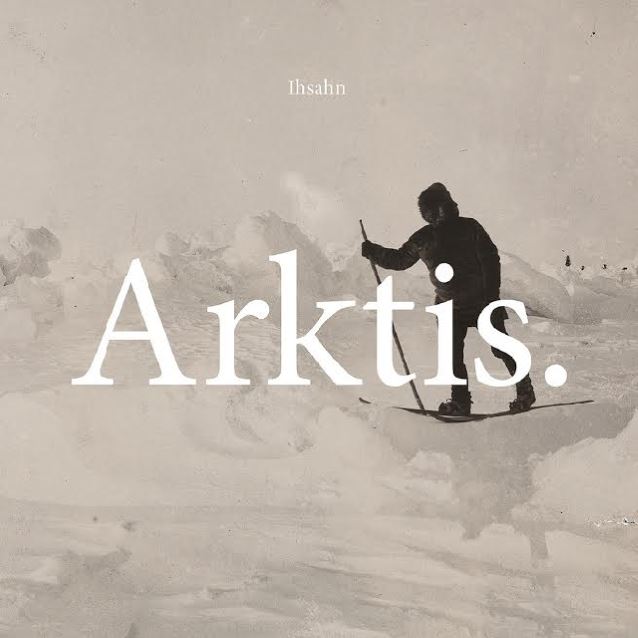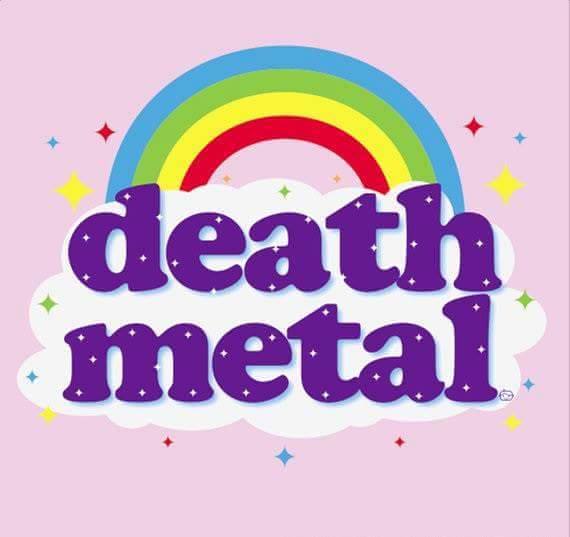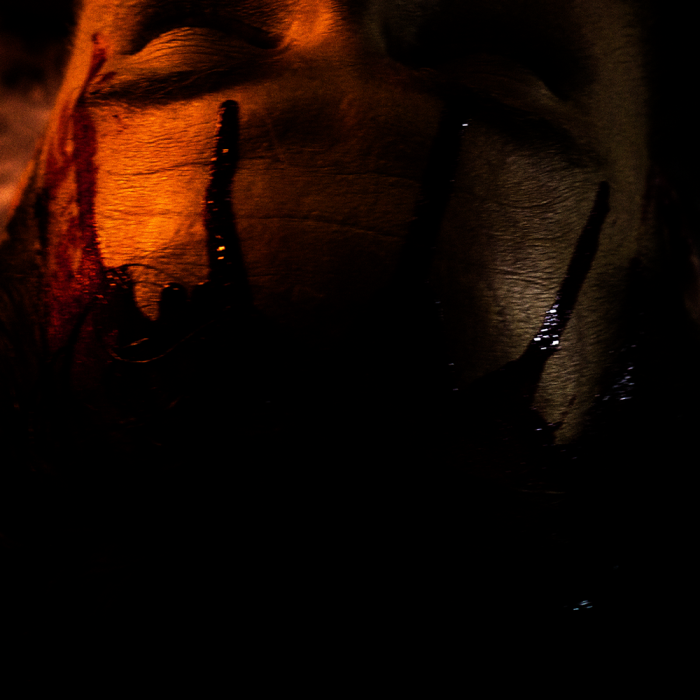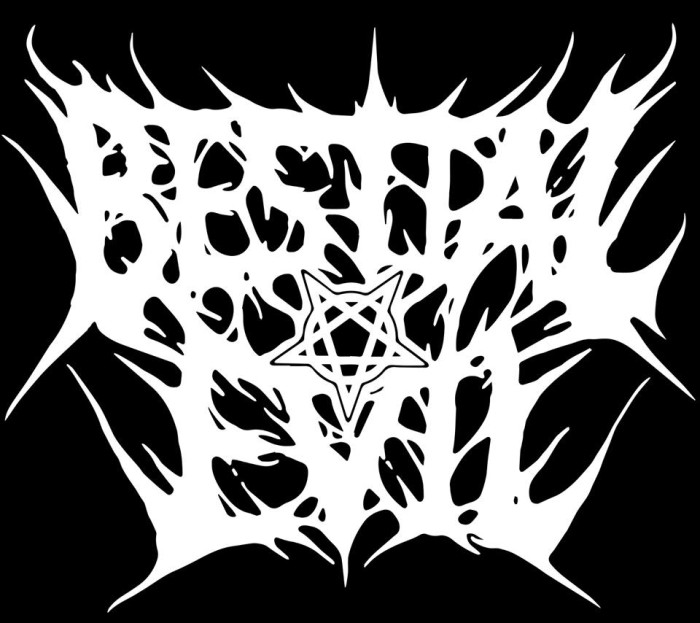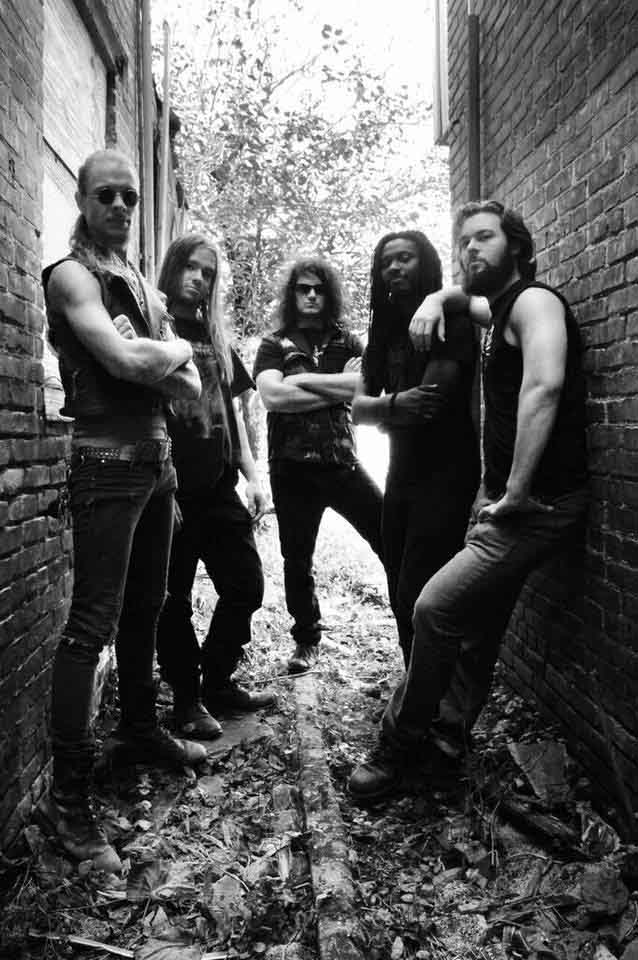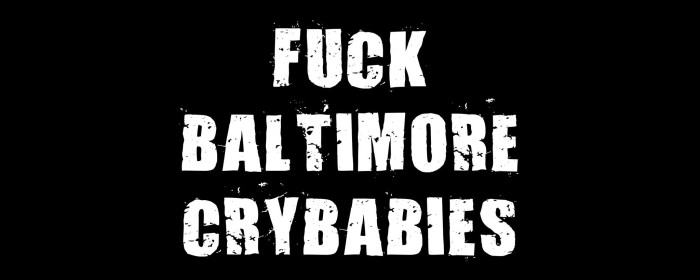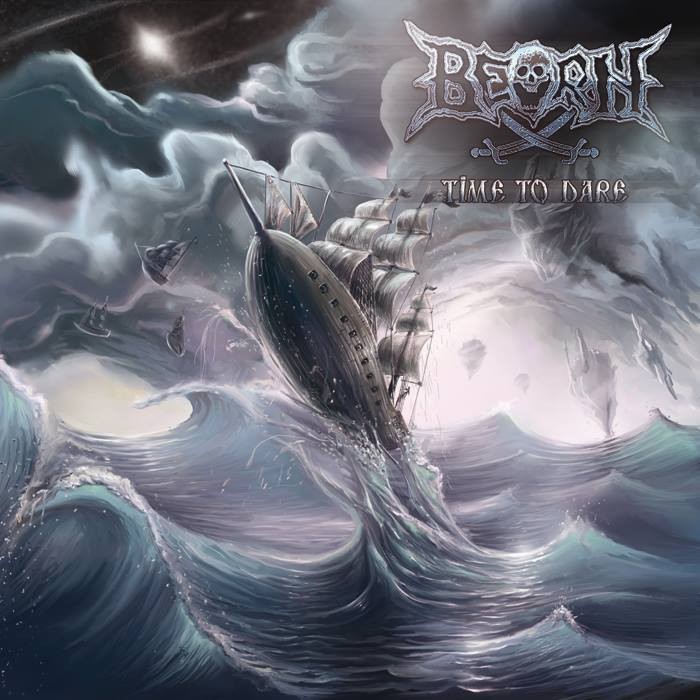
Article by David Rosales
Pretty much once in a lifetime does an artist of the greatest kind offer a work that has added to its musical consummation the ability to summon entire worlds into the conscience of the listener. The three following examples of this achievement go about this in the same way that Tolkien’s mystery mythology is built: by broad strokes, consistency in themes and marvellous artistry in strategic details. These also form a triad that describe three concentric spheres of human experience: the physical, the mental and the divine.
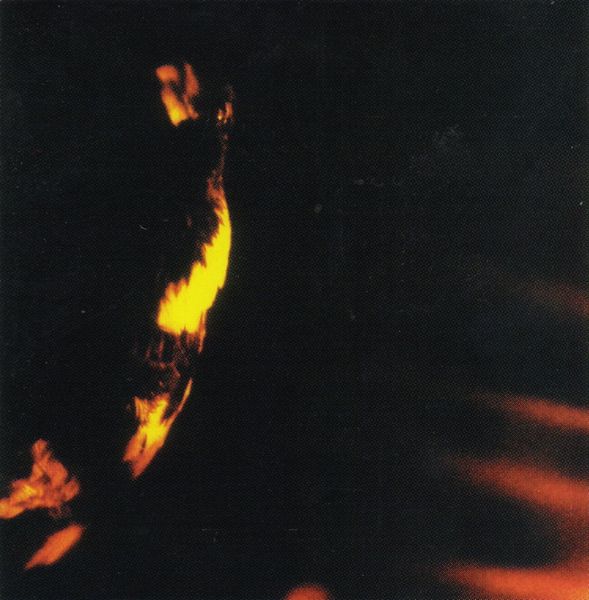
Stormcrowfleet: The Metaphysical Will
Here is a pondering on will, vision and the embracing of the self’s calling:
Devouring the world through the senses, only to slowly flood back into it and extend Will yonder. Powers sifting awesomely in vast expanses according to harmonious law. As the fruit of work materializes, impetus is satiated and now serves as pulse. Arcane forces call beasts of desire into action, as does the disciplined mage through obedience to true aphorisms attain silent influence.
Destiny is embraced, faced with passionless determination. Beyond what is felt, what is seen, what is heard, closer to the truth, there proud and solitary existence awaits. In that place, sensation and impression are fused with meaning. It can never err, it simply is and is ever becoming. Such is the fire-lit secret of unclothed reality.
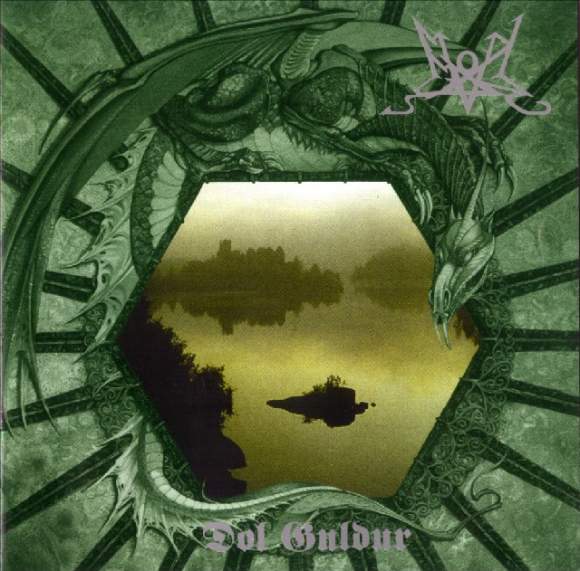
Dol Guldur: Mind and Imagination
Longing for earthly beauty and the majesty of man’s handwork and a respect for the purpose that is instilled into them cries out in whispers through the crevices of undead statues. High culture and nature are melded in absolute harmony through a revitalization of Tolkien’s verses. Man is here but a speck in the middle of the grandeur of this Earth, this center of our cosmos, the most precious of gifts to mankind.
Mythic transpositions of stone structures and forests from a mortal’s character and inner struggle are interleaved. The landscape painting of the master linguist is vibrated in shy cadences that sustain melodies gradually taking us aloft to places not corresponding to our physical present, nor to a faithful idea, but somewhere in between. This is where dream and reality meet, whence manifestation of destiny ensues.
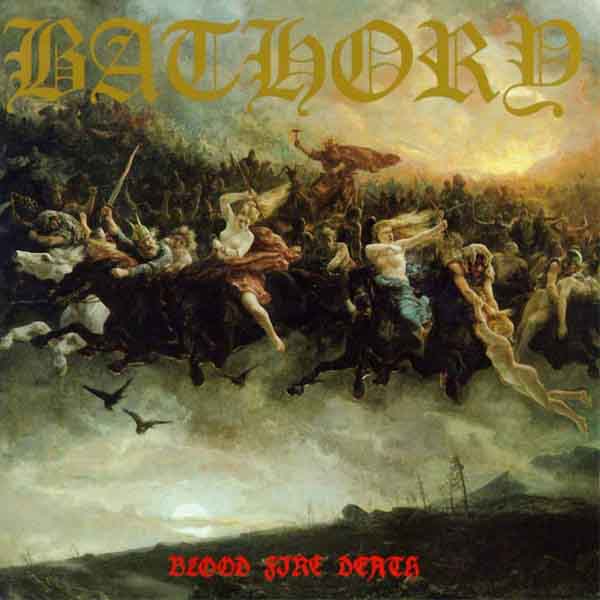
Blood, Fire, Death: Cruelest Present
Without leaving behind legendary imagery as an aim and placeholder for imminent action, we are shown an unapologetic picture of crudeness. This is the here and now of human experience. It is the visceral rushing of adrenaline-charged blood through the limbs.
No glory, no shame, only happenstance. In this nihilism is the truth of the triune complemented and completed.Things are or they are not. You live or you die. Revel in the ritual of life and attach no special meaning to anything.
5 CommentsTags: Bathory, blood fire death, dol guldur, literary analysis, musical analysis, skepticism, stormcrowfleet, Summoning, worlds
